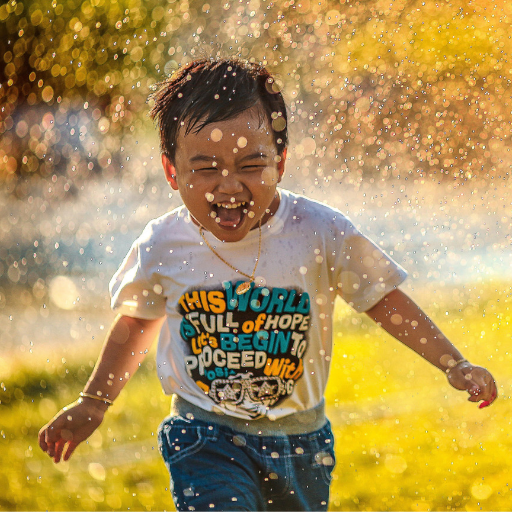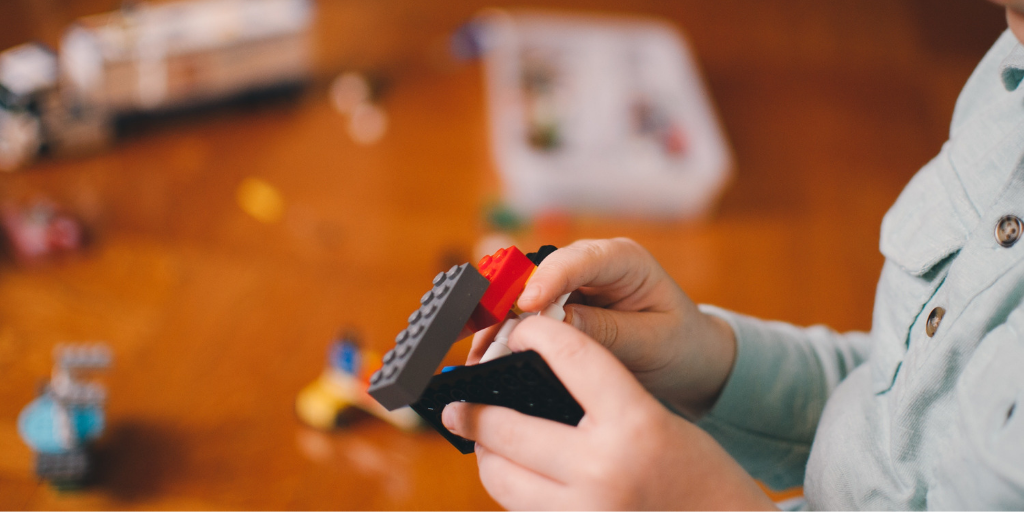


Resiliency can be
viewed in at least two different ways – how well can I stay above water even when
the water feels rough, and how quickly can I bounce back from an upset?
Resilient children rebuild the Lego tower when it crashes to the ground and will keep trying to rebuild a stronger one until they tire or it’s time for dinner. A resilient adolescent will keep auditioning for the main part in the school play even when last year they played Shepherd #2. A resilient parent is one to tries to connect with their teen even when their attempts are rejected or mocked.
Planting and nurturing resiliency is crucial in preparing them for the very real ways the wold doesn’t always bend our way. No matter our life paths and circumstances, the ability to develop strong resiliency helps us all when navigating the ebbs and flows of life.
Dr. Richard Davidson, an early pioneer in the research on brain plasticity and the founder of the Centre for Healthy Minds, feels it is critically important. He says that emotional and intellectual resiliency is the best predictor of success in life.
Let’s start with intellectual resiliency which is not something we often think about. What is intellectual resiliency? It’s the capacity to:
1. Stay focused
2. Pay attention
3.
Stay engaged with learning
Mindfulness is one of the main strategies to build resiliency and is being taught in schools for children right from kindergarten to Gr. 12. One activity used to foster focus is to ring a bell and see how long you can hear the tone. Doing this over time helps children grow their capacity to stay focussed. Another activity used in pre-schools is to have the children place a pebble on their belly and watch it as they breathe. Both of these activities could be done at home and they actually change the brain circuitry. This ability to focus can then help children in other situations but you must do the activity regularly to groove this in the brain. Doing them for a short amount of time is fine- 15 seconds as long as you do them repeatedly.
Staying engaged with learning requires teachers and parents to strike the balance of fun and challenge in learning. If there is too much challenge learning feels hard and not fun and if there is too little challenge the learning will be boring. Finding the balance of fun and challenge isn’t always easy but really worth working on. Parents play a key part in supporting or discouraging a love of learning and so we must not leave fun out of the equation.
Emotional resiliency comes from feeling grounded and having a good sense of self, which includes meeting the emotional or psychological needs we have been focussing on – Love and Belonging, Power, Freedom and Fun. There are many facets to emotional resiliency including: learning to express your feelings, having your thoughts and feelings acknowledged and valued, and being supported in processing an upsetting event to conclusion.
Dr. Daniel Segal, in his book The Whole Brain Child shares how important it is to help a child process an emotional event until it is fully “digested”. This is not something that comes naturally but really works. My granddaughter had an upsetting event happen at a swimming event. As soon as the class was over she started telling her Dad all about it. This continued into the car and all the way home. My son said if I had not told him about how a child integrates an upsetting event, he would have asked his daughter to stop talking about it after hearing the story once. Once would not have been enough for her to fully “digest “the experience and her upset and move on. If we help children with this they will not have a backlog of experiences that are sitting like “lumps” in their stomach and getting activated when other experiences spark them.
Teenagers especially need support in resiliency and self-regulation. Because of the brain developments during puberty teenagers are especially challenged to self-regulate themselves. Daily practise can make a big difference in emotional resilience. A key practise recommended for teenagers is a Gratitude Practise. This likely won’t seem appealing to them but if your relationship is good you can foster this by doing it yourself, sharing one or two things daily, when driving or having a meal.
A great resource for parents of adolescents is: Learn to Breathe program by Patricia Broderic. Her work has been empirically studied and found to have great effectiveness.
Kimberley & Lynn

